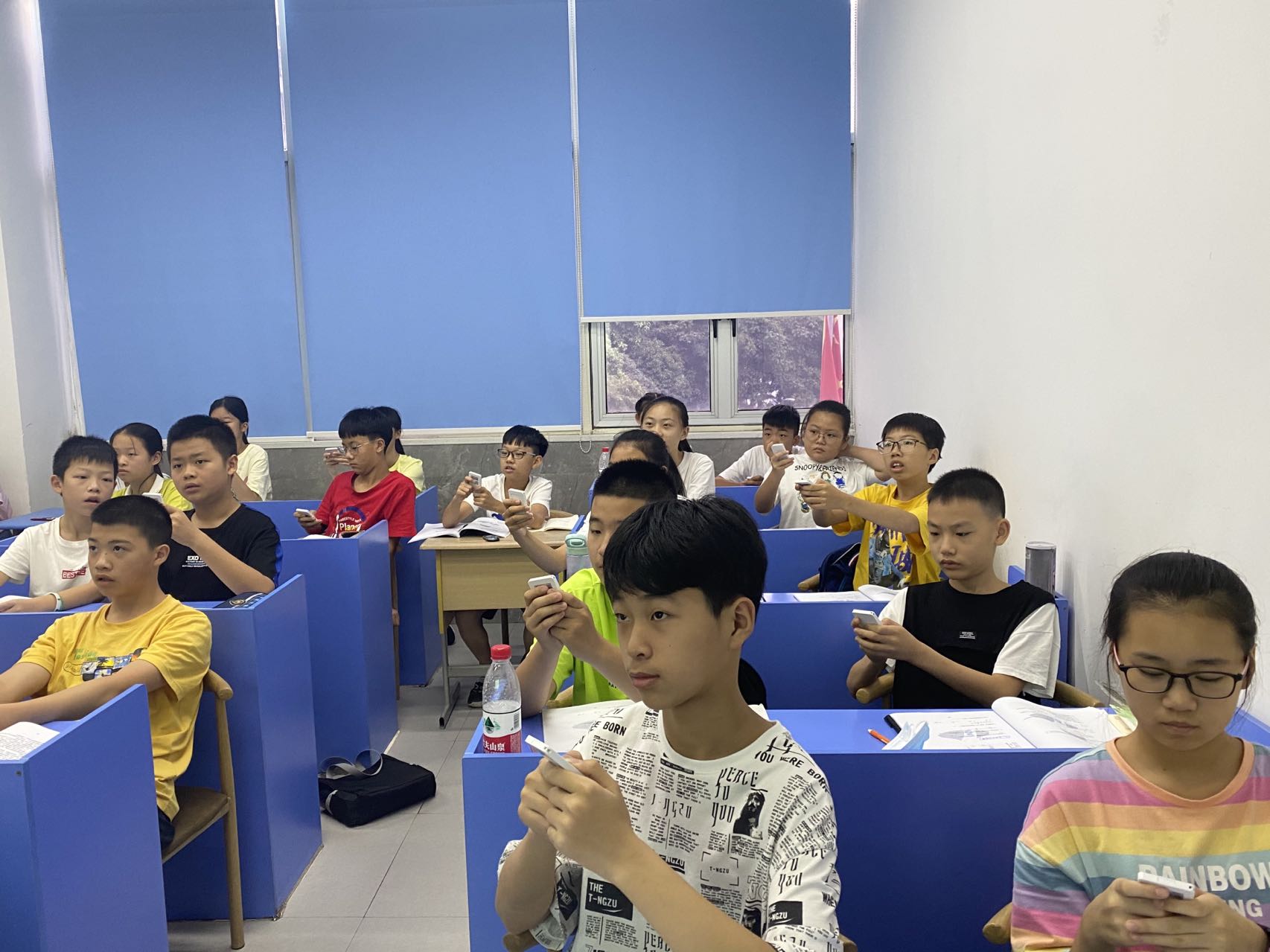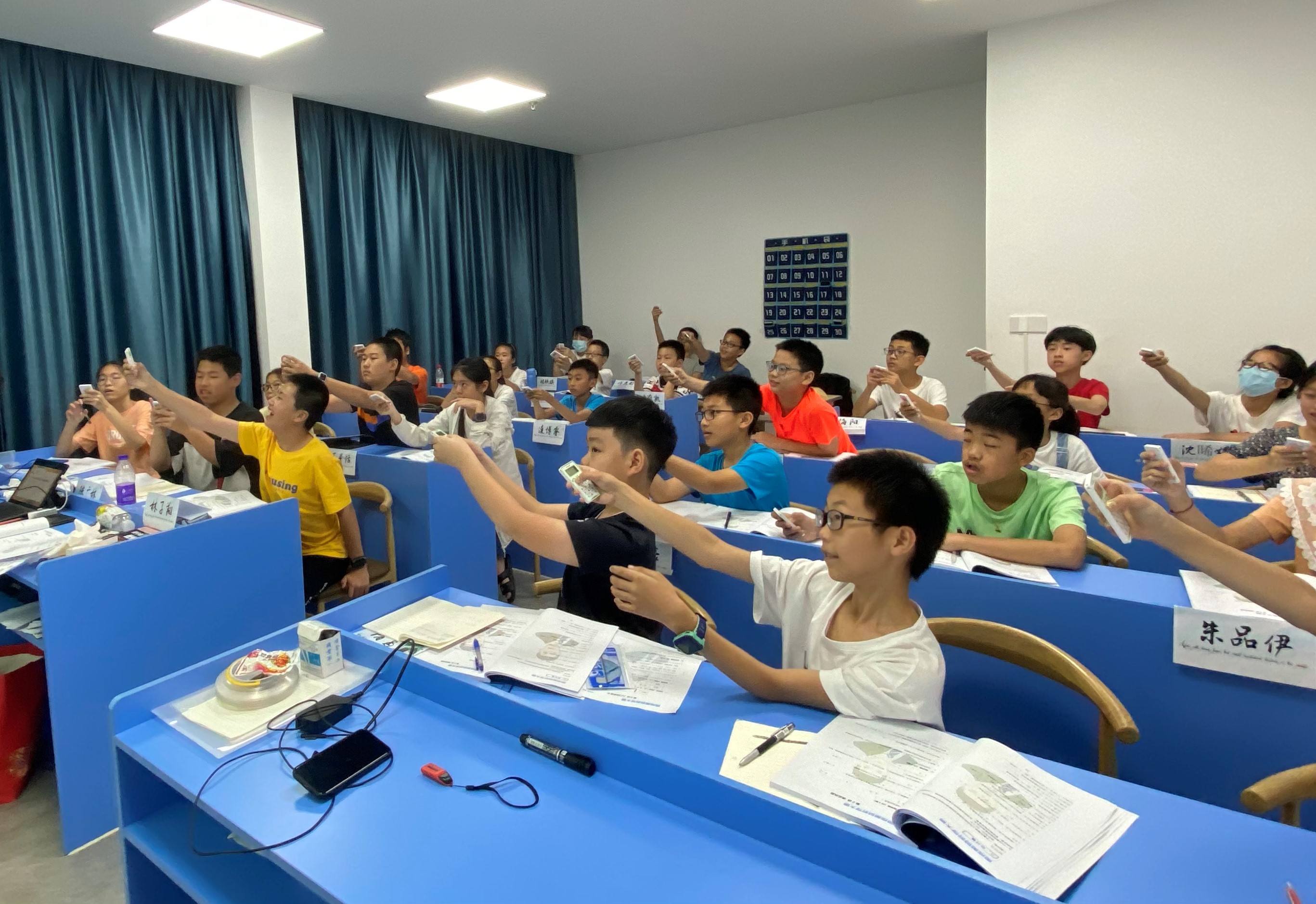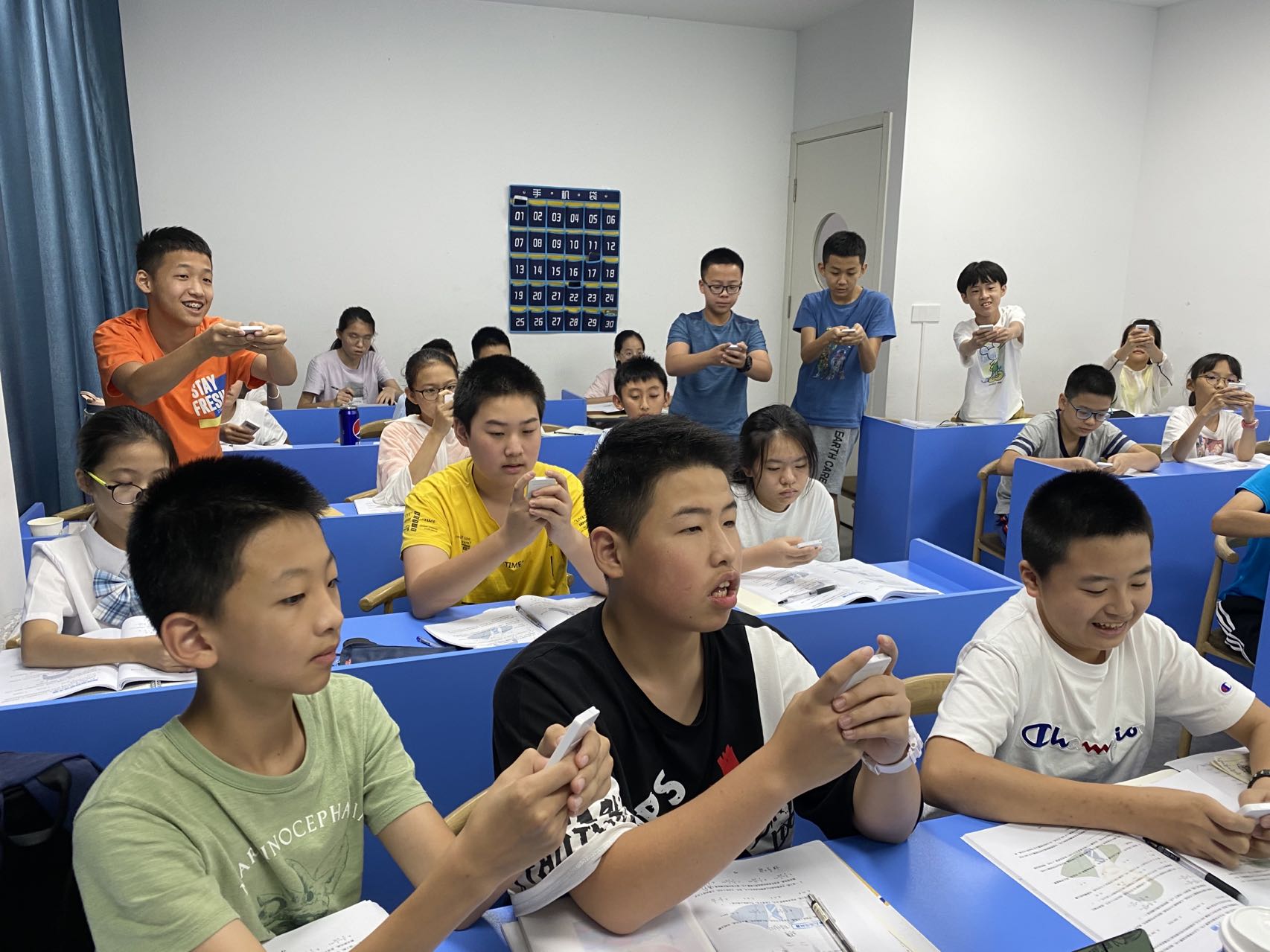Attendance: The student response system can be used simply to take attendance. Students use the classroom clicker to sign in electronically, and the attendance data is immediately obtained to help teachers quickly locate students who are absent or truant and improve the class attendance rate.

Fun races: When students are sleepy or their minds wander, the student response system can be used to initiate random roll calls, fun race or group competitions to attract students' attention, mobilize students' enthusiasm to participate in classroom activities. Teachers can also set up a reward and punishment mechanism according to the score ranking generated by the student response system in real time to encourage students to learn more actively.

Quizzes: teachers can use student response systems to pose a group of questions to gauge students’ understanding of concepts at the beginning of class and then again at the end of class to understand how much their understanding has improved over the course of a lesson and where there are still gaps. so that they can adjust the progress of the teaching and push the teaching to a right level.

Peer Instruction:
Classroom response systems are often associated with a non-traditional pedagogy emphasizing peer instruction, in which the teaching decision is to use the real-time statistical percentage to decide whether to enter in-depth teaching, a brief teaching, or a discussion in groups. The classroom response system can instantly statistics the correct rate of each question and the distribution of students for each answer option. When there are differences in the answers, students can discuss on the spot or create an interesting group debate and share their views and opinions with each other, which helps students to further think deeply. In the process of communicating with others, solidify their original correct ideas, or correct the wrong concepts of thinking, so that knowledge learning can achieve a deeper effect.


